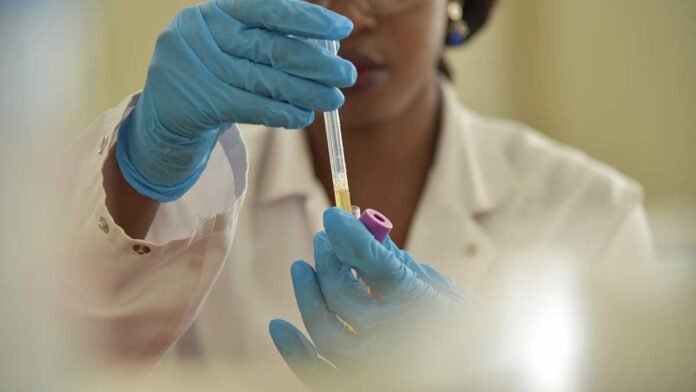The first two UK children have been born using a new form of IVF called three-person IVF. The procedure involves using the DNA of three people to create an embryo. The first child was born in 2016 and the second child was born in 2017. The scientists who developed the procedure say that it could be used to help couples who are unable to have children naturally. However, there are still some ethical concerns about the procedure.
What is three-person IVF?
Three-person IVF is a new form of IVF that involves using the DNA of three people to create an embryo. The procedure is used to prevent mitochondrial diseases, which are caused by mutations in the mitochondria. Mitochondria are small organelles that provide energy for cells. Mutations in the mitochondria can cause a variety of health problems, including infertility, muscle weakness, and seizures.
In three-person IVF, the nucleus of an egg from a woman with mitochondrial disease is transferred into an egg from a donor who does not have the disease. The donor egg has its own mitochondria removed, and the mitochondria from the woman with the disease are added back in. The resulting embryo has the DNA of the woman with the disease, the donor, and the woman’s partner.
What do scientists want to know?
Scientists are still learning about the safety and effectiveness of three-person IVF. They want to know more about the long-term health of children who are born using the procedure. They also want to know if there are any risks to the woman who undergoes the procedure.
Ethical concerns
There are some ethical concerns about three-person IVF. Some people argue that the procedure is unnatural and that it creates a child who is not genetically related to both parents. Others argue that the procedure is necessary to help couples who are unable to have children naturally.
The UK Human Fertilisation and Embryology Authority (HFEA) has approved the use of three-person IVF in limited circumstances. The HFEA requires that the woman with the mitochondrial disease has tried other forms of IVF and has not been successful. The HFEA also requires that the couple undergo genetic counseling before undergoing the procedure.
The future of three-person IVF
Three-person IVF is a promising new treatment for mitochondrial diseases. However, more research is needed to determine the safety and effectiveness of the procedure. If the procedure is found to be safe and effective, it could help many couples who are unable to have children naturally.
Here are some of the questions that scientists want to know about three-person IVF:
- What are the long-term health risks of children who are born using three-person IVF?
- Are there any risks to the woman who undergoes the procedure?
- How effective is three-person IVF in preventing mitochondrial diseases?
- Can the procedure be used to treat other genetic diseases?
Scientists are still working to answer these questions. However, the early results of three-person IVF are promising. The procedure has the potential to help many couples who are unable to have children naturally.





